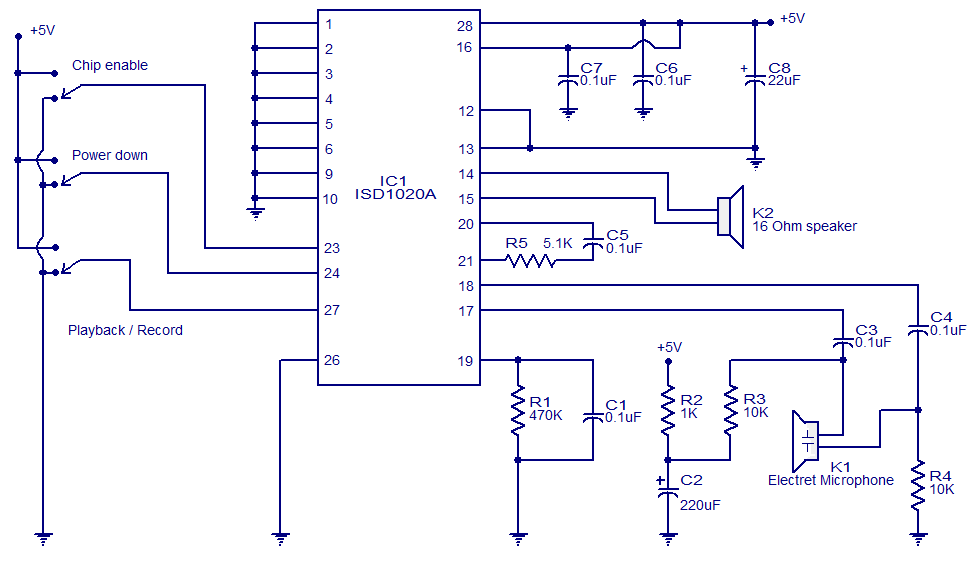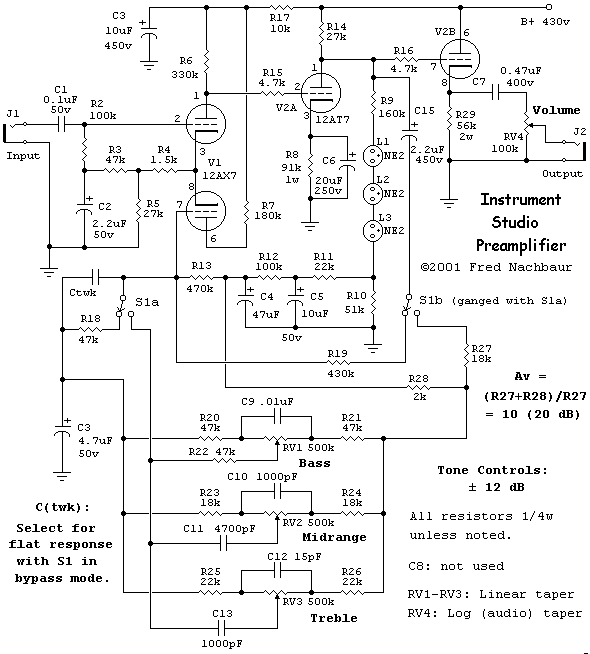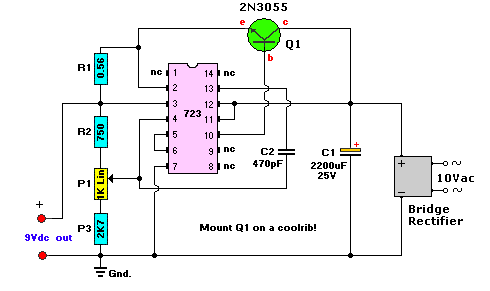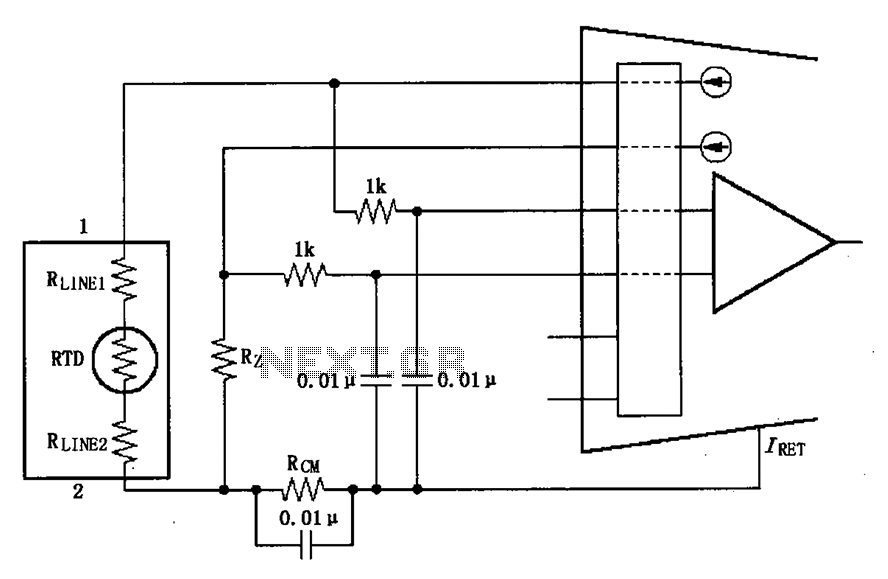
8 watts audio amplifier circuit
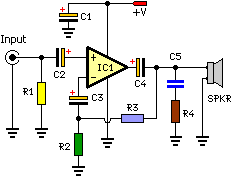
What value of potentiometer should be used for the volume control of this audio amplifier circuit, and where should it be connected? Thank you.
In audio amplifier circuits, the choice of potentiometer value for volume control is crucial for achieving optimal performance. Typically, a logarithmic (audio taper) potentiometer is preferred, as it provides a more natural response to human hearing. Common values for volume control potentiometers in audio applications range from 10 kΩ to 100 kΩ. The specific value chosen may depend on the input impedance of the amplifier and the desired range of volume adjustment.
The potentiometer should be connected in a voltage divider configuration. This involves connecting one terminal of the potentiometer to the audio signal input, the other terminal to ground, and the wiper (middle terminal) to the input of the amplifier. This setup allows the user to adjust the resistance in the circuit, effectively controlling the amplitude of the audio signal reaching the amplifier, thereby adjusting the volume output. It is important to ensure that the potentiometer is rated for the power levels present in the circuit to prevent damage and ensure reliable operation. Proper placement of the potentiometer in the circuit will also help minimize noise and interference, enhancing overall audio quality.what value of potentiometer will i use for the volume control of this audio amplifier circuit and in what place will i connect that? thank you.. 🔗 External reference
In audio amplifier circuits, the choice of potentiometer value for volume control is crucial for achieving optimal performance. Typically, a logarithmic (audio taper) potentiometer is preferred, as it provides a more natural response to human hearing. Common values for volume control potentiometers in audio applications range from 10 kΩ to 100 kΩ. The specific value chosen may depend on the input impedance of the amplifier and the desired range of volume adjustment.
The potentiometer should be connected in a voltage divider configuration. This involves connecting one terminal of the potentiometer to the audio signal input, the other terminal to ground, and the wiper (middle terminal) to the input of the amplifier. This setup allows the user to adjust the resistance in the circuit, effectively controlling the amplitude of the audio signal reaching the amplifier, thereby adjusting the volume output. It is important to ensure that the potentiometer is rated for the power levels present in the circuit to prevent damage and ensure reliable operation. Proper placement of the potentiometer in the circuit will also help minimize noise and interference, enhancing overall audio quality.what value of potentiometer will i use for the volume control of this audio amplifier circuit and in what place will i connect that? thank you.. 🔗 External reference
